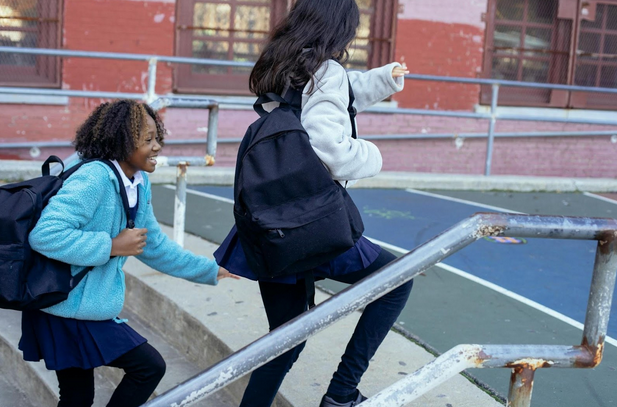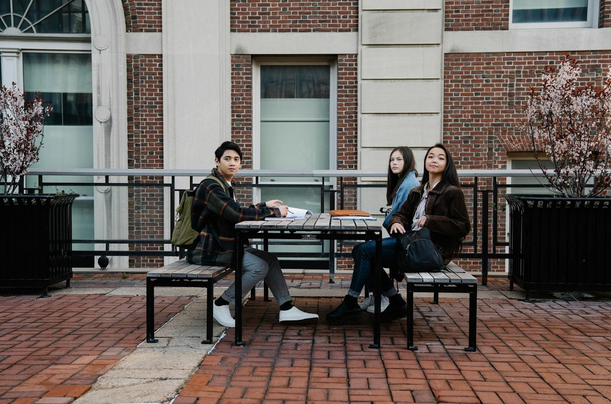- Home
- Articles
- Architectural Portfolio
- Architectral Presentation
- Inspirational Stories
- Architecture News
- Visualization
- BIM Industry
- Facade Design
- Parametric Design
- Career
- Landscape Architecture
- Construction
- Artificial Intelligence
- Sketching
- Design Softwares
- Diagrams
- Writing
- Architectural Tips
- Sustainability
- Courses
- Concept
- Technology
- History & Heritage
- Future of Architecture
- Guides & How-To
- Art & Culture
- Projects
- Interior Design
- Competitions
- Jobs
- Store
- Tools
- More
- Home
- Articles
- Architectural Portfolio
- Architectral Presentation
- Inspirational Stories
- Architecture News
- Visualization
- BIM Industry
- Facade Design
- Parametric Design
- Career
- Landscape Architecture
- Construction
- Artificial Intelligence
- Sketching
- Design Softwares
- Diagrams
- Writing
- Architectural Tips
- Sustainability
- Courses
- Concept
- Technology
- History & Heritage
- Future of Architecture
- Guides & How-To
- Art & Culture
- Projects
- Interior Design
- Competitions
- Jobs
- Store
- Tools
- More
Important Principles in Planning School Outdoor Environments

Outdoor environments in schools are essential for children’s development, offering opportunities for play, learning, and social interaction beyond the classroom walls. Well-planned outdoor spaces encourage physical activity, creativity, and connection with nature, contributing to children’s well-being. Designing these areas requires careful attention to multiple factors such as safety, accessibility, and sustainability. By following important planning principles, schools can create outdoor environments that are inclusive, engaging, and adaptable to diverse needs. This post explores key principles to consider when designing school outdoor spaces that truly support student growth and foster a positive learning atmosphere.
Table of Contents
ToggleSafety First
The foundation of any school’s outdoor environment must be safety. While outdoor play inherently involves some level of risk, it is vital to balance this with adequate safety measures to prevent serious injuries. Proper surfacing materials under play equipment, secure fencing, clear visibility for supervision, and well-maintained equipment all contribute to creating a safe space. Planners should incorporate risk-awareness rather than risk-elimination, allowing children to explore, climb, and test their limits in a controlled way. Providing zones with varied risk levels supports different age groups and developmental stages, enabling younger children to enjoy safer, softer areas while older children can engage in more challenging activities. Thoughtful risk management cultivates resilience and confidence, but above all, it protects children in their explorations.

Accessibility and Inclusivity
Creating accessible and inclusive outdoor environments ensures that all children, regardless of ability or background, can fully participate and engage with their school’s outdoor spaces. Thoughtful design includes features such as wheelchair-friendly paths, sensory play areas, and clear signage for those with visual impairments. It’s also important to consider social spaces that foster interaction among students. For example, installing school playground picnic tables with ample space for wheelchair access in the middle of recreational zones encourages inclusive group activities and casual socializing. Inclusive design welcomes and empowers, helping every child feel seen, valued, and capable of enjoying outdoor time with their peers.
Encouraging Physical Activity and Motor Skills Development
Physical activity is a critical benefit of well-designed outdoor spaces. Schoolyards that encourage movement through a variety of play structures, open fields, trails, and sports facilities help children develop gross motor skills, coordination, balance, and fitness. Diverse physical challenges, from climbing walls and balance beams to running tracks and ball courts, stimulate different muscle groups and cater to varied interests. Beyond structured sports, natural elements like logs, hills, and sand pits promote imaginative play that supports physical dexterity. By integrating spaces that invite active engagement, schools contribute significantly to students’ physical health and lifelong habits of exercise. Planning for movement-friendly environments requires attention to space layout, equipment quality, and safety considerations.
Connecting with Nature
Incorporating natural elements into school outdoor environments goes beyond aesthetics; it nurtures children’s psychological and cognitive development. Biophilic design, an approach that connects people to nature, has gained recognition for its positive effects on focus, creativity, and stress reduction. Elements such as trees, gardens, water features, and natural materials like wood and stone create immersive outdoor classrooms where children can observe ecosystems, study plant life, and participate in gardening projects. Nature-rich environments encourage curiosity and environmental stewardship from a young age. Outdoor learning spaces can extend the classroom experience, providing hands-on science lessons and sensory exploration opportunities. Thoughtfully integrating nature into school grounds builds a lifelong relationship between children and the natural world.
Flexibility and Multi-functionality
Effective school outdoor environments are designed with flexibility in mind, allowing spaces to serve multiple functions and evolve. For example, an open green area can be used for physical education, recess, school assemblies, or community events. Playgrounds might include movable equipment or modular elements that can be rearranged based on changing needs or student creativity. Multi-purpose areas optimize limited space and encourage diverse activities that cater to different interests, from quiet reflection to group games. Planners should anticipate future growth or program changes, ensuring the environment can adapt without costly redesigns. Flexibility also encourages children to invent new ways of using the space, enhancing engagement and ownership.

Sustainability and Environmental Responsibility
Sustainability is a vital consideration when planning school outdoor environments. Using eco-friendly materials, conserving water through drought-resistant landscaping, managing waste with recycling bins, and installing energy-efficient lighting reduces the environmental footprint of the school grounds. Beyond infrastructure, sustainability also means educating students about environmental responsibility through the design itself, for example, by creating composting areas, rain gardens, or habitats for local wildlife. Schools that model sustainable practices help instill environmental ethics in their students. Sustainable outdoor environments often require less maintenance and incur lower long-term costs. By embedding ecological principles into planning, schools contribute positively to the planet while enhancing educational outcomes.
Planning school outdoor environments is a complex but rewarding task that requires balancing safety, inclusivity, physical development, connection with nature, adaptability, and sustainability. When these principles are thoughtfully integrated, outdoor spaces become vibrant extensions of the classroom that promote healthy growth and learning for every child. Schools investing in well-designed outdoor environments enrich the educational experience and cultivate future generations who value health, community, and the environment.
Trained as an architect and seasoned in the editorial trenches, I turn raw design concepts into compelling narratives that resonate beyond studio walls. My work spans in-depth project spotlights, interviews with visionary designers, and analysis pieces that distill complex technical data into accessible insights. Whether polishing copy for publication or generating original features, I draw on years of practice to ensure every sentence captures architecture’s rigor, poetry, and cultural impact—inviting professionals and enthusiasts alike to see the built environment through a sharper, more inspired lens.
Submit your architectural projects
Follow these steps for submission your project. Submission FormLatest Posts
Procreate vs Photoshop: Should Architects and Designers Use Them for Architecture Work?
Procreate vs Photoshop for architects: see when to sketch on iPad and...
A Beginner’s Guide to Using Heat Pumps
Understanding home heating and cooling can be confusing, especially if you’re starting...
HEALING GARDENS – Designing Spaces for Wellness and Reflection
This competition challenges architects and landscape designers to envision gardens as therapeutic...
How to Help Kids Improve Their Studying Habits
Helping children develop good study habits can be difficult, especially with so...












Leave a comment